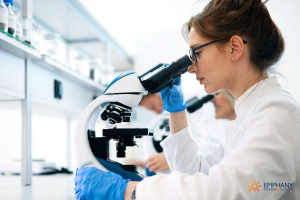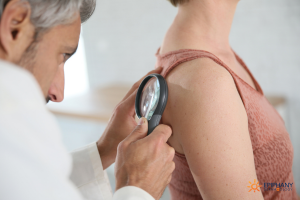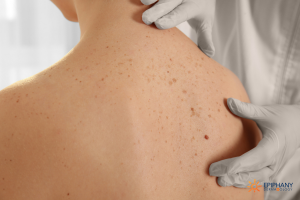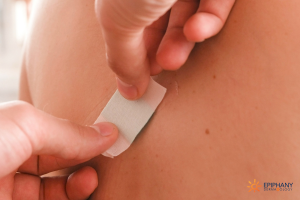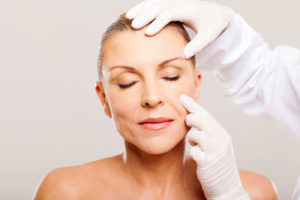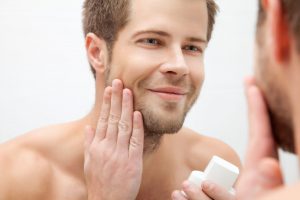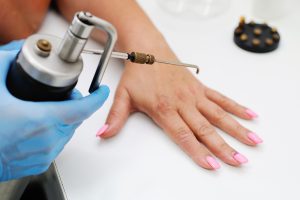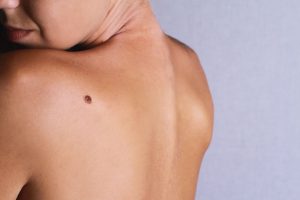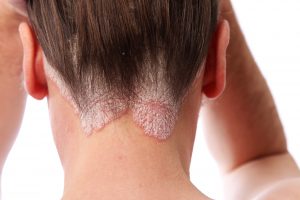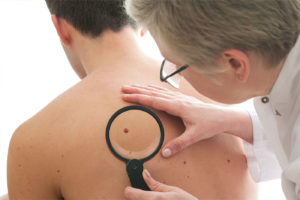 A biopsy is the removal of a piece of skin to help render a diagnosis of skin cancers or inflammatory conditions. Dermatologists biopsy an area to confirm a diagnosis that cannot be rendered with the eyes alone. We need a microscope to be certain.
If a patient comes in with a mole, the dermatologist can closely examine the mole and suspect it may be skin cancer or a spot that could later become a cancer – but without a biopsy, we can’t know for s...
A biopsy is the removal of a piece of skin to help render a diagnosis of skin cancers or inflammatory conditions. Dermatologists biopsy an area to confirm a diagnosis that cannot be rendered with the eyes alone. We need a microscope to be certain.
If a patient comes in with a mole, the dermatologist can closely examine the mole and suspect it may be skin cancer or a spot that could later become a cancer – but without a biopsy, we can’t know for s... Read moreabout Biopsies

